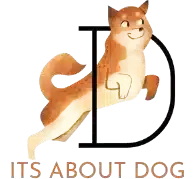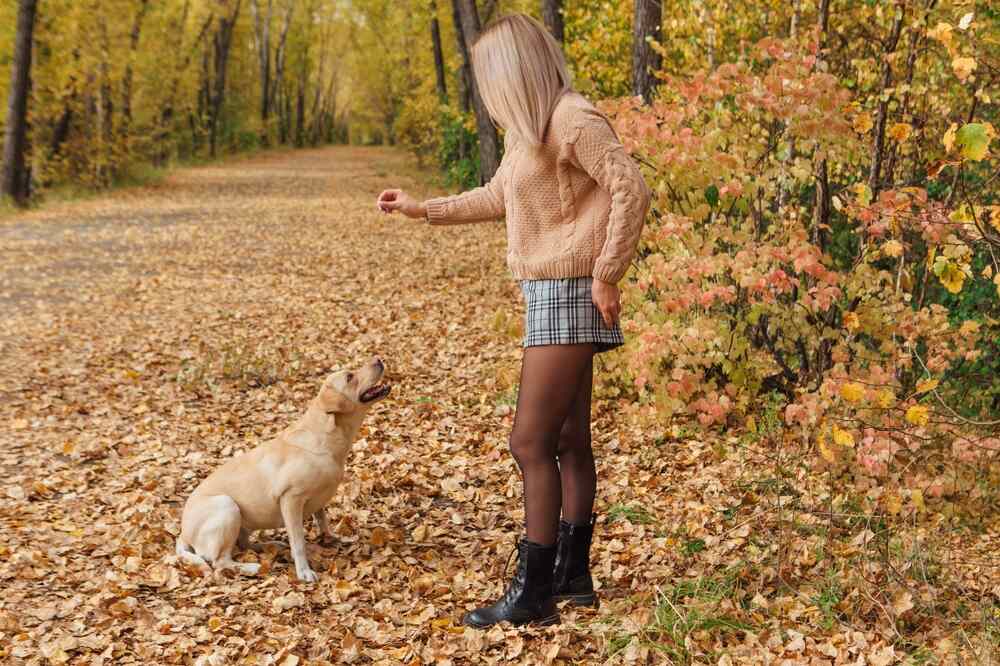Training and raising a puppy and its competent and timely socialization are integral to keeping a pet of any breed. It is important to remember that puppies are easier to train than adults, and proper upbringing allows you to raise an intelligent, disciplined, and obedient animal that responds adequately to everything around you. So, see the advanced puppy training below.
Absolutely! Let’s break down the concepts of advanced puppy training, focusing on essential commands and the importance of timely socialization.
Advanced Puppy Training: Beyond the Basics
While puppies can master simple commands like “sit” and “stay,” advanced training takes this further, focusing on control, reliability, and adapting to various situations. Here’s what this encompasses:
- Complex Commands: Beyond “sit,” dogs can learn “down,” “heel” (walk closely), complex retrieves, and even tricks for fun.
- Off-Leash Reliability: Train your dog to respond to commands even when not physically restrained by a leash. This requires strong recall and impulse control.
- Distraction-Proofing: Practice commands in increasingly distracting environments to teach your dog to focus on you, not on other dogs, people, or squirrels!
- Real-World Application: Prepare your dog to navigate busy streets, deal with crowds, and stay calm in stimulating environments.
Socialization: The Other Half of Training
Proper socialization involves controlled, positive exposure to a wide variety of:
- People: Different ages, genders, and appearances build a friendly dog who isn’t afraid of strangers.
- Other Dogs: Dog parks, puppy daycare, and controlled play dates teach good manners and dog communication.
- Places: Walks in different neighborhoods, car rides, and even trips to pet-friendly stores build confidence in new situations.
- Sounds & Sights: Exposure to traffic, loud noises, etc., helps prevent a fearful dog from reacting out of anxiety.
Key Principles of Advanced Training
- Start Early! Puppies are sponges, but training should always be fun, not stressful.
- Consistency is King: The same command should mean the same thing in every situation, and everyone interacting with your dog must reinforce the rules.
- Positive Reinforcement Rules: Rewards (praise, toys, treats) are the most reliable way to teach a dog what you want them to do.
- Patience is a Virtue: Advanced skills evolve with practice. Avoid frustration and set your dog (and yourself!) up for success.
Specific Commands: Examples
- “Leave It” is Invaluable for preventing your dog from eating dropped food or other off-limits items.
- “Heel” Structured walking makes taking your dog places enjoyable, not a constant tug-of-war.
- Reliable recall (“Come!”) This can be a lifesaver if your dog gets off-leash accidentally.
- Focus exercises: Teach your dog to make eye contact with you on command, improving attention in distracting situations.
Key Takeaway
Advanced puppy training and thorough socialization create a dog who is a joy to live with. They’re well-behaved, confident, and capable of handling the challenges of everyday life. It’s a commitment, but the rewards are immeasurable.
Advanced Puppy Training:
The list of skills required for a particular pet depends on the owner’s rhythm of life, the breed’s characteristics, and other factors. Many teams are necessary primarily for a comfortable and safe life in the city. At the same time, the dog can easily do without a certificate of passing the standards of the general training course.
Unformalized, non-specific puppy training is often called “education” or “training.” Raising and socializing a pet is no less important than training, so this process must be taken responsibly. So, see the advanced puppy training below.
Teaching Puppy Commands In Advanced Puppy Training:
A dog is an incredibly attentive observer, capable of amazingly subtly sensing various human intentions and emotions. Regardless of the purpose of purchasing a puppy, such a pet must be raised and taught commands to help the dog comply with the rules of behavior in society and at home.
- Command “Place”:
In the first stage, you should determine a place for the puppy and properly arrange it. At the same time, the place should be comfortable enough for the pet without the negative impact of drafts or excess heat from heating devices.
For any dog, such an inviolable zone is not used as punishment. Teaching a command begins with a simple technique: move a puppy asleep in the wrong place onto the bedding and give the command “Place!” with your voice.
- Command “Come to me!”:
When pronouncing the command “Come to me!”, you should knock the bowl of food on the floor, allowing the puppy to develop a conditioned reflex quickly. This command must be pronounced in a calm and quiet voice, and practicing it involves rewarding the animal with praise and treats.
- The command “Walk!”:
It is the easiest command to teach and simplest for a puppy to perform. After taking the dog outside, the command “Walk!” is pronounced fairly loud, after which you need to unfasten the leash.
- The command “Sit!”:
To execute the voice command “Sit!” The puppy should be trained for two months without overtiring the pet with training. Taking a piece of your favorite treat in your right hand, you need to encourage the animal to throw back its head, after which you need to press the dog on the croup, pronouncing the command.
- The command “Lie down!”:
The command begins to be practiced at three months, from standing to sitting. Most often, training is performed on the street. For this purpose, the leash is passed under the left leg, after which pressure is applied to the withers, and the leash is simultaneously pulled. When the pet takes the required position, you should reward it with a treat.
- Command “Near!”:
To correctly practice the command “Near!”, it is necessary to accustom the puppy to wearing a collar and leash. To practice this command, you need to sit the animal next to your left leg so that the dog’s shoulder is located at the level of the owner’s knee, after which the pet owner begins to move while simultaneously issuing the command “Near!”When the movement stops, the puppy must sit as close to its owner’s leg as possible.
- Teams “Fu!” and “You can’t!”:
Two interrelated commands are processed separately. Team “Ugh!” is used if the puppy performs inappropriate actions – things are spoiled, and garbage is picked up during a walk. The command is pronounced without shouting but clearly, with the selection of unnecessary stuff from the puppy. Reinforce the command “Fu!” preferably on food handed to the puppy, but it should not be eaten by it. Experts believe that mastering the commands “No!” and “Ugh!” may well be supplemented by minor pain.
- Command “Stop!”:
One of the most important commands is the practice of which helps control the dog’s actions even from a distance. You need to call the dog and put it on a leash to practice the command. This command can be practiced from a lying or sitting position. To do this, you need to step forward while simultaneously pulling your pet up and forward by the leash, saying “Stop!” and stopping.
- Toilet Training:
Accustoming a puppy to relieve itself on the street is an important educational process that requires endurance and patience from the owner. However, it is much more difficult to discipline an adult animal.
Compliance by a pet with sanitary and hygienic rules makes the dog’s stay in the house comfortable. Still, during the first four months of life, puppies are physically unable to restrain all their natural urges, so scolding a four-legged pet at this age is simply pointless. It would help to use pharmacy disposable diapers to facilitate cleaning at the training stage.
- Prohibition on Biting:
If you watch the puppies play, you will see they are not shy about biting. This element of the fight is instinctive behavior and honing hunting skills. The problem is that it often transfers to humans.
Having your hands bitten by a tiny creature may seem like a small thing, but things will change as you grow older. This is why dog experts strongly recommend against encouraging play with body parts. If you are bitten, use a negative marker to indicate the behavior and redirect your puppy’s attention to the toy. Observe this prohibition every time and tell your household about it.
Conclusion:
It should be remembered that it is necessary to correct the animal’s behavior as early as possible before stable negative habits are fully formed, which in the future can cause many problems at home or while walking on the street.


